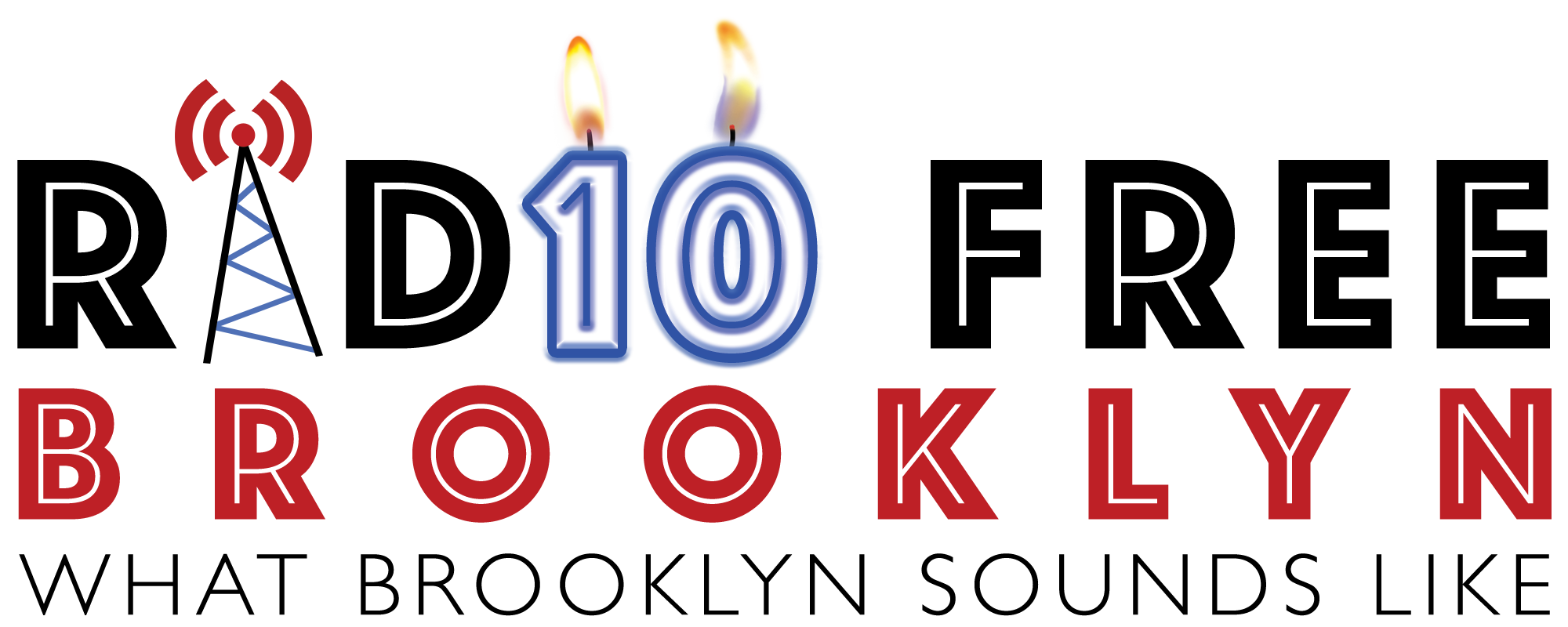Let’s look at Christina Aguilera’s hit single “What A Girl Wants.” Another disposable bubblegum pop song – or is it? Lyrically, it’s whatever, and Christina’s vocal performance is par for the course. She had a legitimately great voice but got bogged down by trying to crib too many Mariah-isms. Ultimately, she got lost in the shuffle because she never found her own identity. All that aside, we didn’t know that in 1999, and this song has always stood out because of its unusual vocal arrangement and how it plays with its timing and phrasing.
Now, let’s explore some basic music theory. It’s easiest to count out the 4/4 during the chorus, where the quarter notes (Tap along at home – 1 and 2 and 3 and 4 and, with the 1, 2, 3, and 4 being the downbeat quarters) sync with “What…wants…what…needs”. This is the most common type of rhythm in pop music. The verses and the chorus follow the same pattern, but the phrasing gets stretched out and contracted like a rubber band, keeping the listener on their toes. Here’s an example from the second verse: “If it comes back, it’s yours” is phrased over two beats, while the follow-up “that’s how you know” is phrased over three beats, with the end of the phrase beginning the following measure.
This isn’t rocket science, but this sort of thing is atypical for a pop radio single that people are expected to dance to. And then, after the second chorus, it gets a little weirder. During the call and response bridge, the backing singers sing the lines “What a girl wants, what a girl needs” but shift everything back an eighth note, with the “What…wants…what…needs” sung on the upbeat rather than the downbeat (the “and”s in the counting), while Christina’s responses follow her established rhythm. And then it’s back to business as usual, as it were, during the third chorus.
It’s strange to hear what seems like a standard 4/4 pop melody get spun around like this. The song may be fluff, but it’s at least presented in an interesting way. It stands out, the way Seal’s “Kiss From A Rose” does with its odd vocal emphases, Peter Gabriel’s odd time signature used for “Solsbury Hill,” and the synth solo from Blondie’s “Heart of Glass,” where a note gets dropped at the end of every other measure. Music is more interesting when it makes your brain say, “Waitaminute – what just happened?”
Photo by D.S.B.




